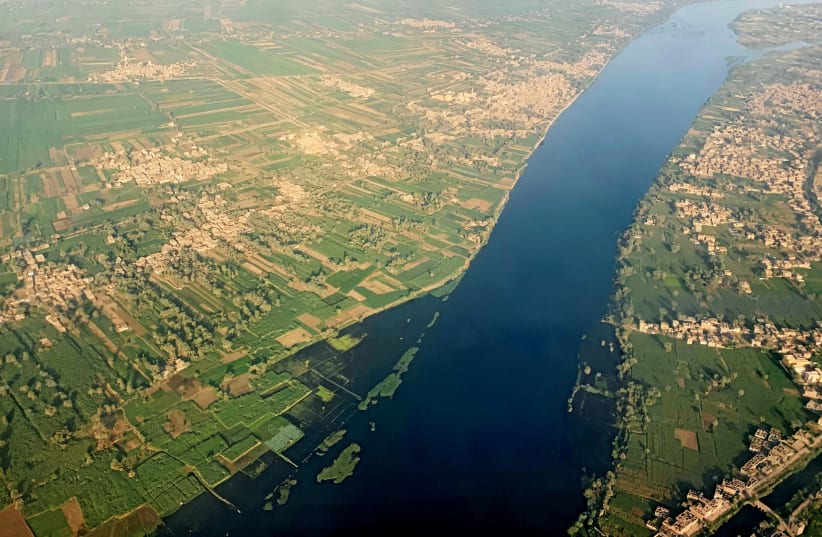But they say they are now struggling to preserve their craft against the pressures of inflation, pollution and modernization.
The potters manually mix clay, straw and ash in open-air workshops before firing pots in large traditional ovens fueled with wood and tires. The resulting urns and bowls are light brown in color.
"This craft is as old as the village itself," said 38-year-old Hosni Ahmed, who has worked for 25 years as a potter in the village, located about 100 km southwest of Cairo on a canal fed by the Nile.
As well as seasonal dips in production due to less sunlight and more rain in the winter, villagers say they are also contending with increased raw material prices and a drop in silt quality.
"The Nile today does not bring us mud like before," said Hosni's brother, 31-year-old Alaa Ahmed. "Even when we get the mud, it is not clean, full of wastewater and garbage."
They also say authorities have offered to modernize their craft, suggesting they use less polluting gas ovens, and produce different varieties of pots to cater to pottery lovers and tourists who visit the village."If they want to modernize, they have to treat it like a natural protected area," said Hosni. "This is heritage."
